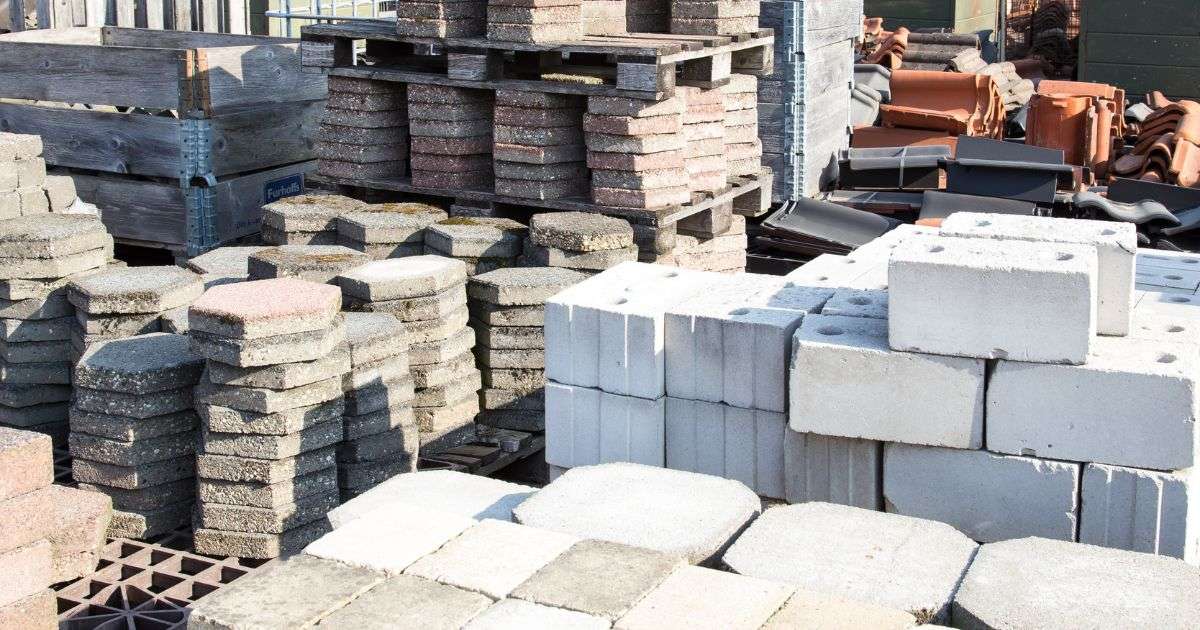In an era of growing environmental awareness, the construction industry faces a crucial challenge: selecting materials that contribute to sustainable building practices. With numerous options available, each with potential environmental impacts, choosing the most sustainable material requires a comprehensive evaluation. This is where Life Cycle Assessment (LCA) emerges as a powerful tool, providing a holistic perspective on the environmental footprint of building materials throughout their entire life cycle.
What is Life Cycle Assessment (LCA)?
LCA is a standardized methodology for assessing the environmental impacts of a product or service throughout its lifespan, from cradle to grave. This encompasses:
- Raw material extraction and processing: Examining the environmental impacts associated with acquiring and processing raw materials needed for the material’s production.
- Manufacturing and production: Analyzing the energy consumption, air and water pollution, and waste generation during the manufacturing process.
- Transportation and distribution: Assessing the environmental impact of transporting the material to the construction site.
- Use and maintenance: Evaluating the impact of using the material in the building, including energy consumption for heating and cooling, and any required maintenance activities.
- End-of-life: Considering the environmental consequences of the material at the end of its useful life, including demolition, recycling, or disposal.
Through a comprehensive analysis of each stage, LCA quantifies the environmental impacts of a material in various categories, such as:
- Global warming potential (GWP): Measuring the material’s contribution to climate change.
- Acidification potential (AP): Assessing the material’s impact on acid rain and ecosystem health.
- Eutrophication potential (EP): Evaluating the material’s potential to contribute to excessive nutrient levels in water bodies, causing algal blooms and oxygen depletion.
- Resource depletion potential (ADP): Quantifying the consumption of non-renewable resources such as water and fossil fuels.
LCA: Guiding Sustainable Material Selection
By conducting LCA studies for different building materials, architects, engineers, and construction professionals can make informed and environmentally-conscious decisions during the design and construction phase. LCA offers several key benefits in this context:
- Comparative analysis: LCA enables the comparison of the environmental impacts of different materials, allowing professionals to choose the option with the lowest overall environmental footprint.
- Identification of hotspots: LCA pinpoints the stages in a material’s life cycle with the most significant environmental impact, helping to prioritize areas for improvement and identify opportunities for reducing impact.
- Transparency and communication: LCA reports provide transparent data and scientific evidence to support sustainable material selection, fostering communication and collaboration among stakeholders, including architects, engineers, and clients.
Challenges and Limitations of LCA
Despite its valuable contributions, LCA does face certain challenges:
- Data availability and quality: The accuracy of LCA results heavily relies on the quality and completeness of data used in the assessment. Limited data availability for certain materials and processes can pose challenges.
- System boundaries and complexity: Defining the system boundaries of the LCA, encompassing all relevant processes and environmental impacts, can be complex and requires careful consideration.
- Interpretation and weighting: Assigning weightings to various environmental impact categories like global warming potential and resource depletion can be subjective, potentially influencing the overall conclusions.
Conclusion
While not without its limitations, Life Cycle Assessment remains an invaluable tool for promoting sustainable building practices. By providing a comprehensive and standardized framework for evaluating the environmental impacts of building materials throughout their life cycle, LCA empowers architects, engineers, and stakeholders to make informed decisions that contribute to a more sustainable future for the construction industry. As the construction sector continues to evolve and embrace sustainability, LCA will undoubtedly play a critical role in guiding the selection of materials that minimize environmental impact and contribute to a greener built environment.
Need Building Material Quality Testing Services? Contact us now















